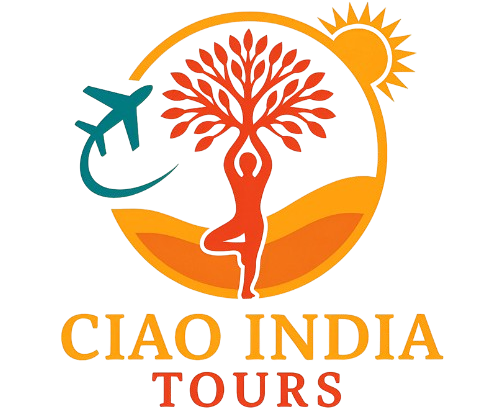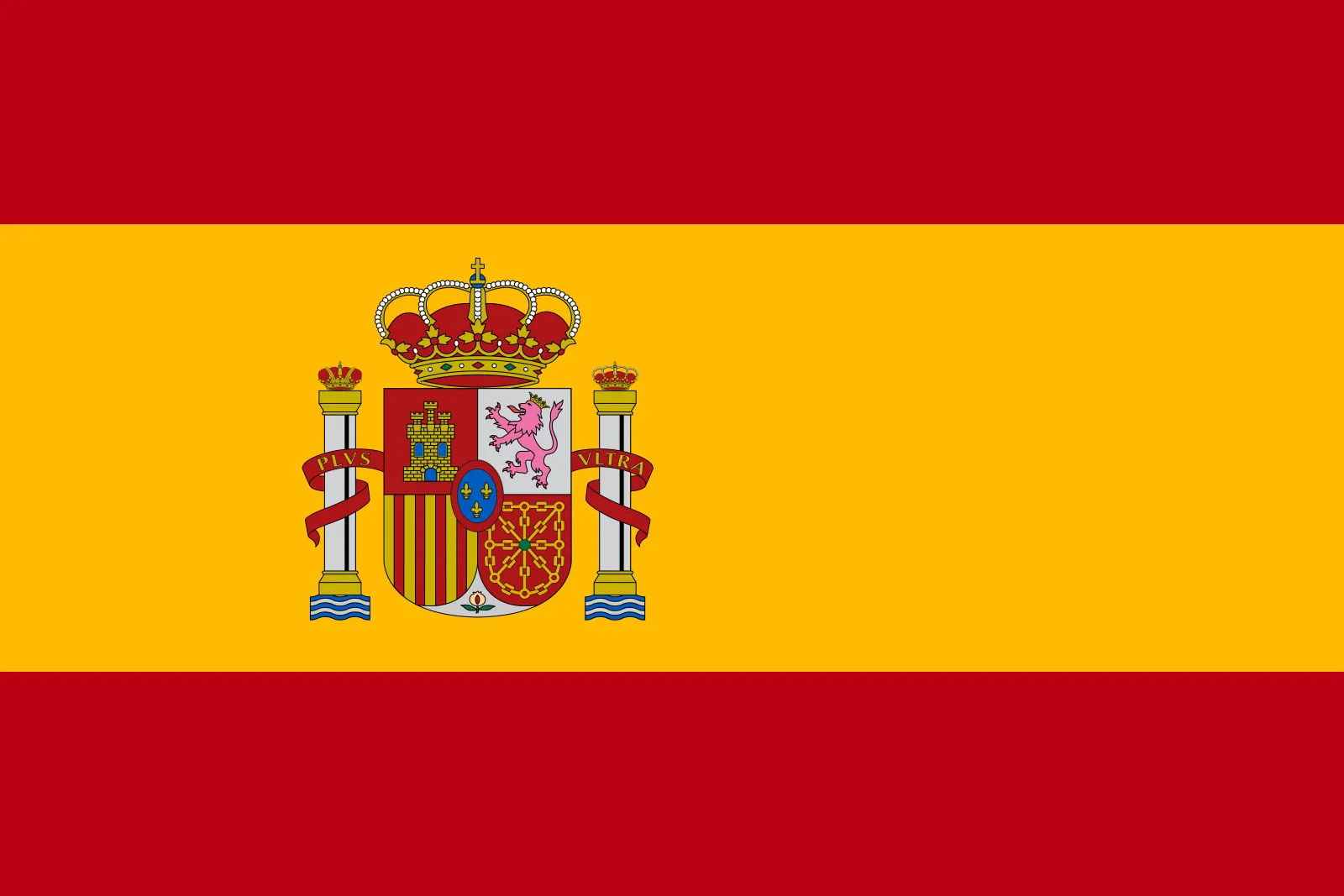WinRAR functions as popular software used for file compression and archiving. It incorporates support for RAR and ZIP formats efficiently. Offers password protection, error recovery, and split archives. It facilitates integration with Windows Explorer for efficient file management. Valued for quickness, dependability, and secure file transfers.
- Patch tool disabling software activation and trial limitations
- WinRAR 7.00 License[Activated] [Lifetime] [x86-x64] no Virus Verified
- Patch tool unlocking restricted software modules
- WinRAR Portable [no Virus] Final Genuine
- Full access patch – unlock hidden features
- WinRAR Portable + Product Key Clean [Latest] FREE
- Free license key installer for instant software unlock
- WinRAR 7.11 Crack + Activator Latest [x86x64] [Clean] Verified FREE
- Keygen generator supporting complex and custom license formats
- WinRAR 6.11 Cracked [Latest] no Virus 2025 FREE
- Keygen supporting both trial and permanent license keys
- WinRAR 2025 Portable Lifetime [x86-x64] [Lifetime] Ultimate FREE






